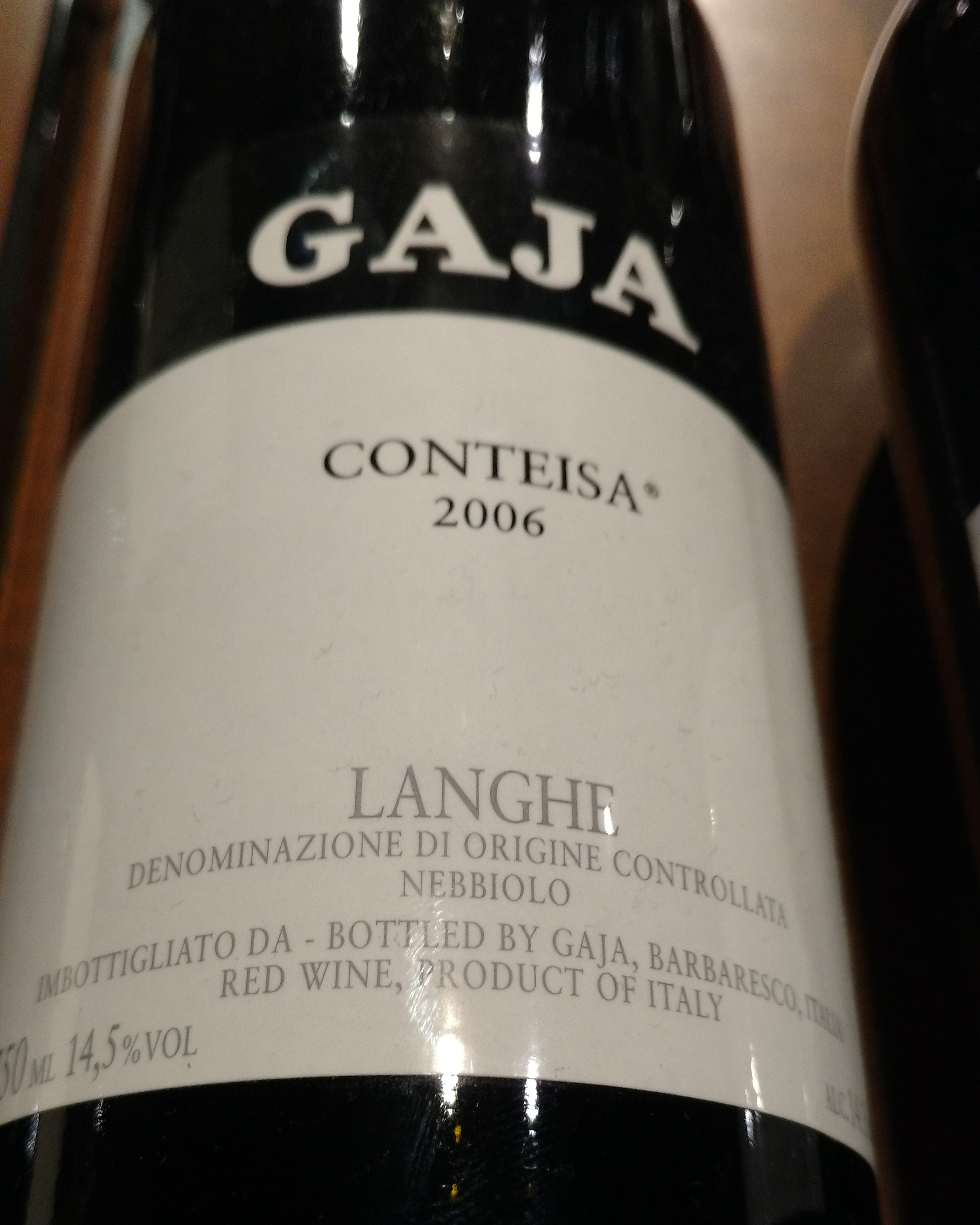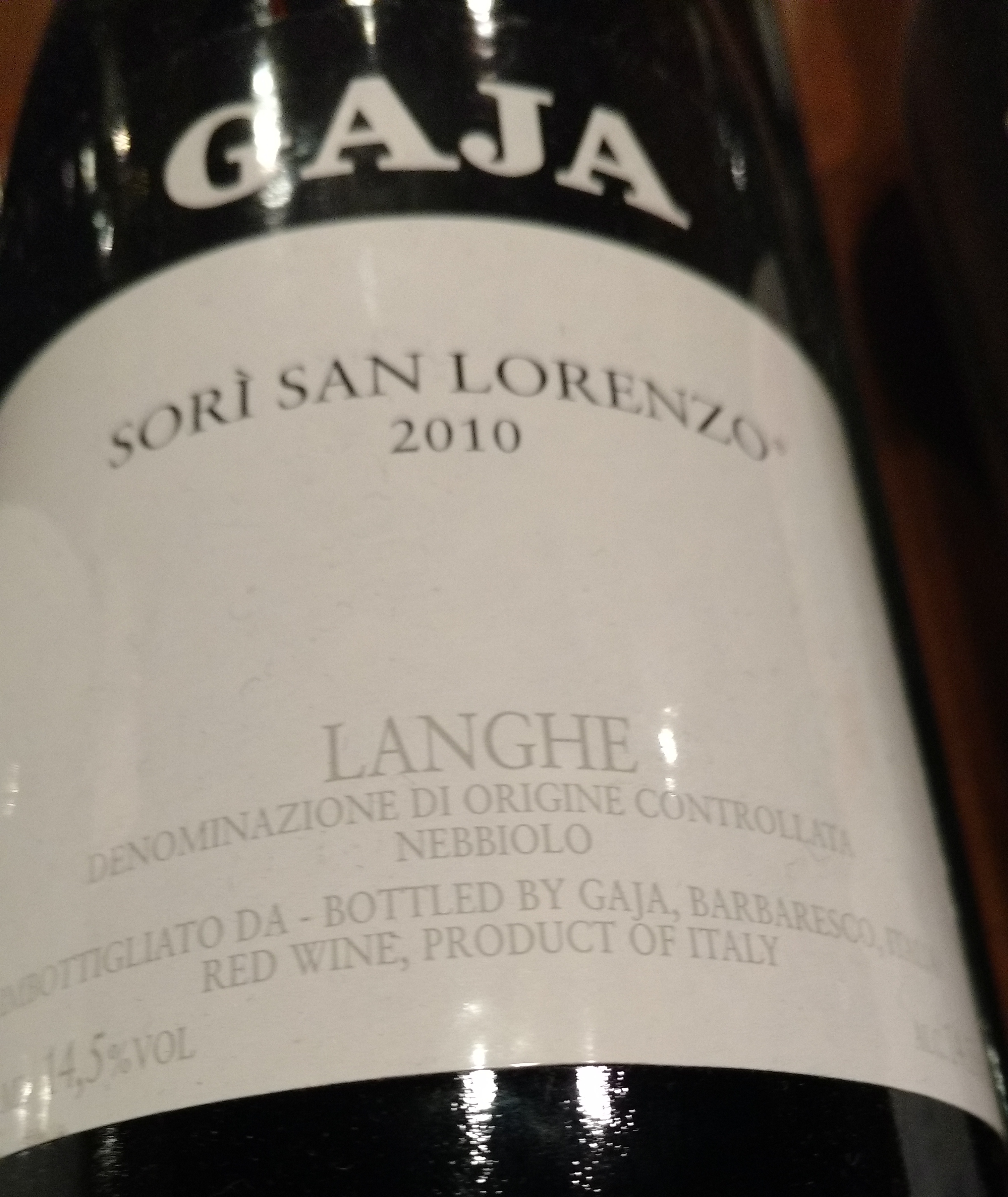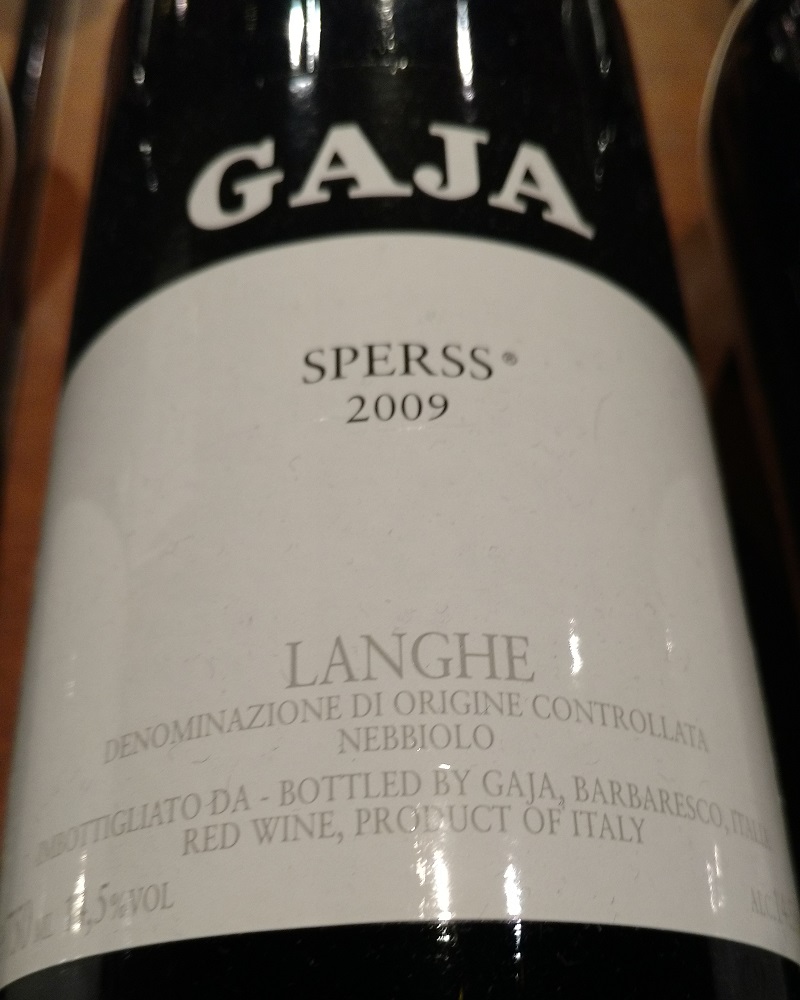 The Gaja Winery was founded by Giovanni Gaja in 1859 and has been owned and operated by five generations of the Gaja family. Giovanni Gaja was the great-grandfather of Angelo Gaja, the Winery’s current owner with his daughter Gaia. Gaja celebrated its 150th anniversary in 2009, it was founded with only two hectares but has quite grown since.
The Gaja Winery was founded by Giovanni Gaja in 1859 and has been owned and operated by five generations of the Gaja family. Giovanni Gaja was the great-grandfather of Angelo Gaja, the Winery’s current owner with his daughter Gaia. Gaja celebrated its 150th anniversary in 2009, it was founded with only two hectares but has quite grown since.
In the 1960s, Angelo’s father started purchasing vineyards here and there including the three “crus” for which the winery is best known: Sorì San Lorenzo, Sorì Tildìn and Costa Russi. He was also the first person to put the name Gaja, or rather GAJA, in large red type on his labels in 1937. He didn’t want to be label as an appellation but rather as a Brand.
Le vignoble Gaja a été fondé par Giovanni Gaja en 1859 et est détenu et géré par cinq générations de la famille Gaja. Giovanni Gaja était l’arrière-grand-père d’Angelo Gaja, le propriétaire actuel avec sa fille Gaia. Gaja a célébré son 150e anniversaire en 2009, il a été fondé avec seulement deux hectares, mais a bien grandi depuis.
Dans les années 1960, le père d’Angelo a commencé à acheter des vignobles ici et là , y compris les trois «crus» pour lesquels le domaine est mieux connu: Sorì San Lorenzo, Sorì Tildìn et Costa Russi. Il a également été la première personne à mettre le nom Gaja, ou plutôt GAJA, en grandes lettres rouges sur ses étiquettes en 1937. Il ne voulait pas être étiqueté comme appellation mais plutôt comme marque.
CONTEISA
The term “conteisa” is the Piedmontese word for “quarrel” and refers to the historic dispute between the communes of La Morra and Barolo for possession of the Cerequio land. This dispute was settled by written agreement in 1216. The Nebbiolo in Conteisa reflects the essence of this Cerequio terroir.
Le terme «conteisa» est le mot piémontais pour «querelle» et se réfère à la dispute historique entre les communes de La Morra et Barolo pour la possession de la terre de Cerequio. Ce différend a été réglé par un accord écrit en 1216. Le Nebbiolo de Conteisa reflète l’essence de ce terroir de Cerequio.
Depending on the vintage, Gaja Costa Russi and others crus could either be labeled Langhe or Barbaresco but since 2013, only Barbaresco will be used. “Sori” means summit of a hill, with a southern exposure, “San Lorenzo” is the Patron Saint of Alba. The Sori San Lorenzo vineyard is located in the village of Barbaresco. The fermentation of this wine lasts 3 weeks, followed by breeding in lightning then in oak barrels of 12 months each. The Sori San Lorenzo, first vintage is 1967.
Selon le millésime, Gaja Costa Russi et d’autres crus pouvaient être étiquetés Langhe ou Barbaresco mais, depuis 2013, seul Barbaresco sera utilisé. “Sori” signifie le sommet d’une colline, avec une exposition sud, “San Lorenzo” est le saint patron d’Alba. Le vignoble Sori San Lorenzo est situé dans le village de Barbaresco. La fermentation de ce vin dure 3 semaines, suivi d’un l’élevage en foudres, puis dans les barils de chêne de 12 mois chacun. Le premier millésime Sori San Lorenzo était 1967.
The word “sperss” translates the nostalgia of the Gaja family for this vineyard, from which they bought the fruit for a long time before acquiring it in 1988. This vineyard facing south is located in the municipality of Serralunga. The fermentation is 3 weeks. The breeding in lightning is 12 months, followed by 12 months in oak barrels. This wine expresses all the terroir of Serralunga, at 400 meters of altitude.
Le mot “sperss” traduit la nostalgie de la famille Gaja pour ce vignoble, d’où ils ont acheté le fruit depuis longtemps avant de l’acquérir en 1988. Ce vignoble face au sud est situé dans la municipalité de Serralunga. La fermentation est de 3 semaines. L’élevage en éclair est de 12 mois, suivi de 12 mois en barriques de chêne. Ce vin exprime tout le terroir de Serralunga, à 400 mètres d’altitude.
WHITE
Gaja is best known for the reds it makes in Piedmont and Tuscany, but around 8 percent of its production is white. There are four vini bianchi in the Gaja portfolio: Vistamare (a blend of Vermentino and Viognier), Alteni di Brassica (a Sauvignon Blanc), Rossj Bass (a Chardonnay with 5 percent Sauvignon Blanc) and, best of all, Gaia & Rey Chardonnay, which ages remarkably well.
Gaja est surtout connu pour les rouges qu’il fabrique dans le Piémont et la Toscane, mais environ 8% de sa production est blanche. Il y a quatre vini bianchi dans le portefolio Gaja: Vistamare (un mélange de Vermentino et Viognier), Alteni di Brassica (Rossin Sauvignon Blanc), Rossj Bass (un Chardonnay avec 5% de Sauvignon Blanc) et, surtout, Gaia & Rey Chardonnay, qui vieillit remarquablement bien.

